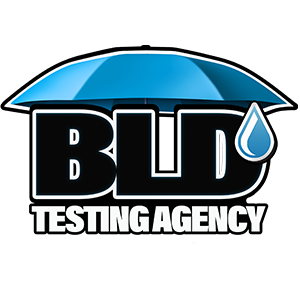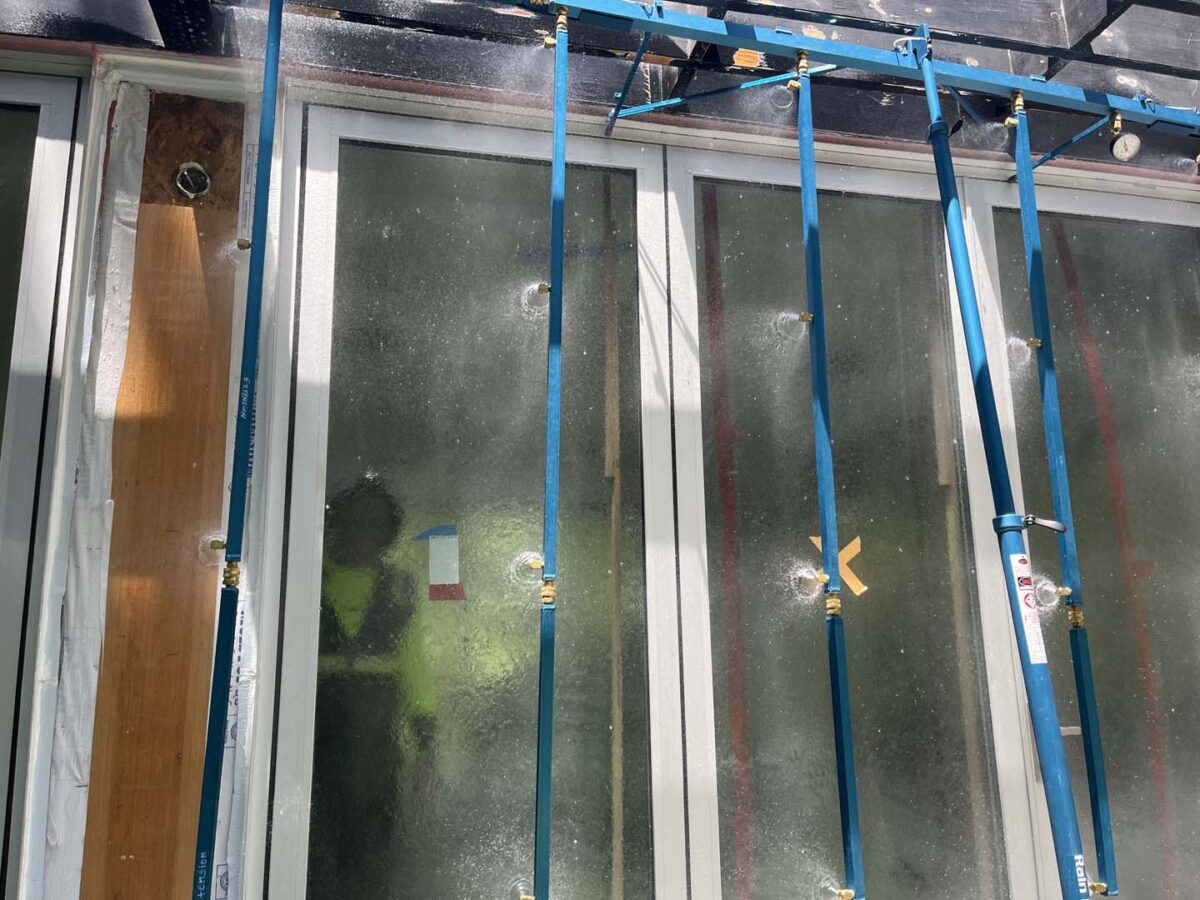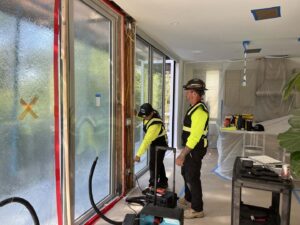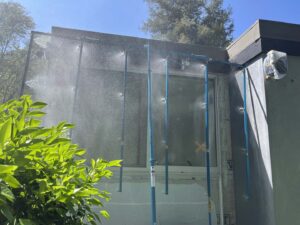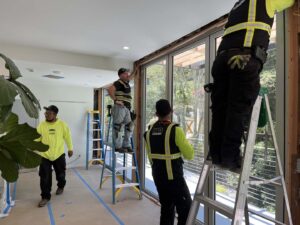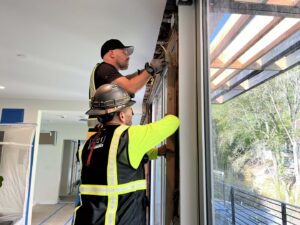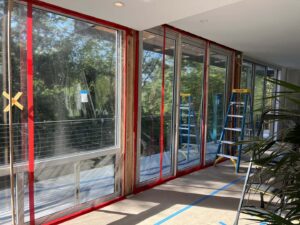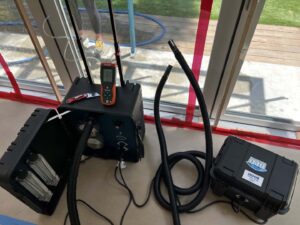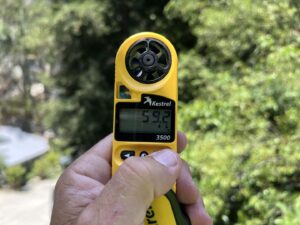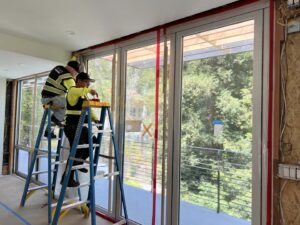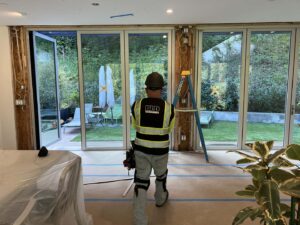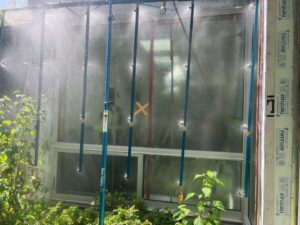Los Angeles ASTM E1105 Water Infiltration Testing: Essential for Leak Prevention
In Los Angeles, the integrity of a building’s envelope is crucial. It’s the barrier that protects the interior from the elements, including water intrusion. ASTM E1105 water infiltration testing is a key tool in this defense. It’s a standardized method for detecting potential leaks in installed exterior windows, doors, and curtain walls. By simulating wind-driven rain conditions, this test assesses the performance of these building components. It’s an essential part of quality assurance testing in construction and maintenance. In this article, we’ll delve into the importance of ASTM E1105 testing in Los Angeles and how it contributes to leak prevention.
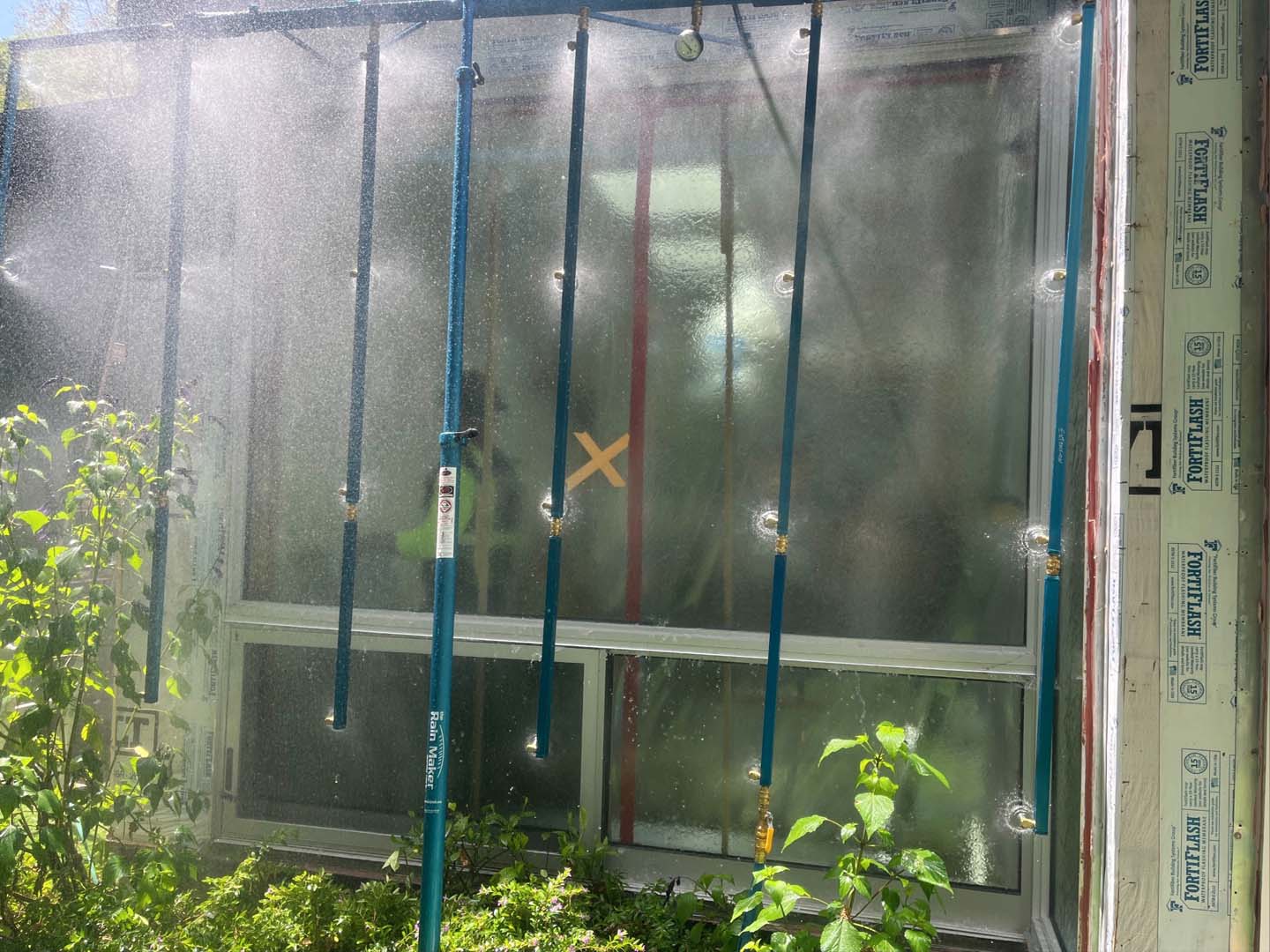
Introduction to Water Infiltration Issues
Water infiltration poses a significant threat to buildings in Los Angeles. The city’s occasional heavy rains, combined with wind, make water intrusion a real concern. Even minor leaks can lead to severe problems over time. Water infiltration can result in mold growth, which poses health risks to occupants. Additionally, it can damage building materials, leading to structural issues. These problems not only compromise indoor air quality but also the safety and longevity of the building.
Building owners and property managers need to prioritize identifying and addressing leaks early. Proactive measures such as water infiltration testing are crucial. By doing so, they can prevent costly repairs and maintain the building’s integrity. Los Angeles buildings face unique challenges due to environmental conditions. Understanding these issues is the first step toward effective leak prevention. With the right knowledge and tools, keeping a building leak-free is achievable and essential.
Understanding ASTM E1105 Testing
ASTM E1105 testing is a standardized method for assessing water infiltration in building components. It focuses on elements like windows, doors, and curtain walls. The test simulates wind-driven rain to evaluate how these parts perform against water penetration. The test involves applying water to the exterior of a building section. We then induce a static or cyclic air pressure difference across the specimen.
This process identifies any leaks by observing water penetration points. ASTM E1105 is crucial for both new installations and existing structures. For new projects, it validates construction quality and compliance with regulations. For existing buildings, it helps diagnose the root cause of leaks. Testing assists in pinpointing the exact locations and conditions under which water infiltration occurs.
This information is invaluable for architects and engineers. It allows them to design and modify structures for better resilience. The detailed results facilitate informed decisions on repairs and upgrades. Ultimately, ASTM E1105 testing is a key part of comprehensive maintenance and sustainability efforts.
Importance in Quality Assurance Testing
Quality assurance testing ensures that building work meets the required standards. ASTM E1105 plays a vital role in this process. By identifying potential water intrusion risks, it verifies the performance of construction components. Incorporating ASTM E1105 testing early can prevent costly post-construction repairs. This ensures that the workmanship meets the required standards. Furthermore, the test acts as a benchmark for quality during the construction phase.
Meeting these standards is critical for developers who strive for excellence. Additionally, ASTM E1105 testing can assist in resolving disputes or claims related to water damage. By providing objective data, it supports legal and warranty considerations. It’s a proactive approach that minimizes risks associated with water infiltration. For builders and contractors, this validation builds trust with clients and stakeholders.
Application in Building Envelope Testing
The building envelope serves as the outer shell that protects interior spaces from outside elements. ASTM E1105 is integral to testing this vital component. By examining how well the envelope resists water penetration, it helps maintain a structure’s integrity. Water intrusion into the building envelope can lead to significant damage over time.
Leaks undermine insulation, leading to energy inefficiency and higher costs. They also pose structural risks that compromise the safety and usability of the space. Regular testing of the building envelope is essential for ongoing maintenance. It ensures early detection of vulnerabilities before they escalate into major issues. By simulating rain and wind conditions, ASTM E1105 offers a thorough evaluation.
Moreover, the data gathered through testing informs necessary repairs and design adjustments. As climates change and weather becomes more unpredictable, the role of ASTM E1105 testing in envelope integrity grows. It remains a critical tool for architects and builders looking to enhance buildings’ resilience.
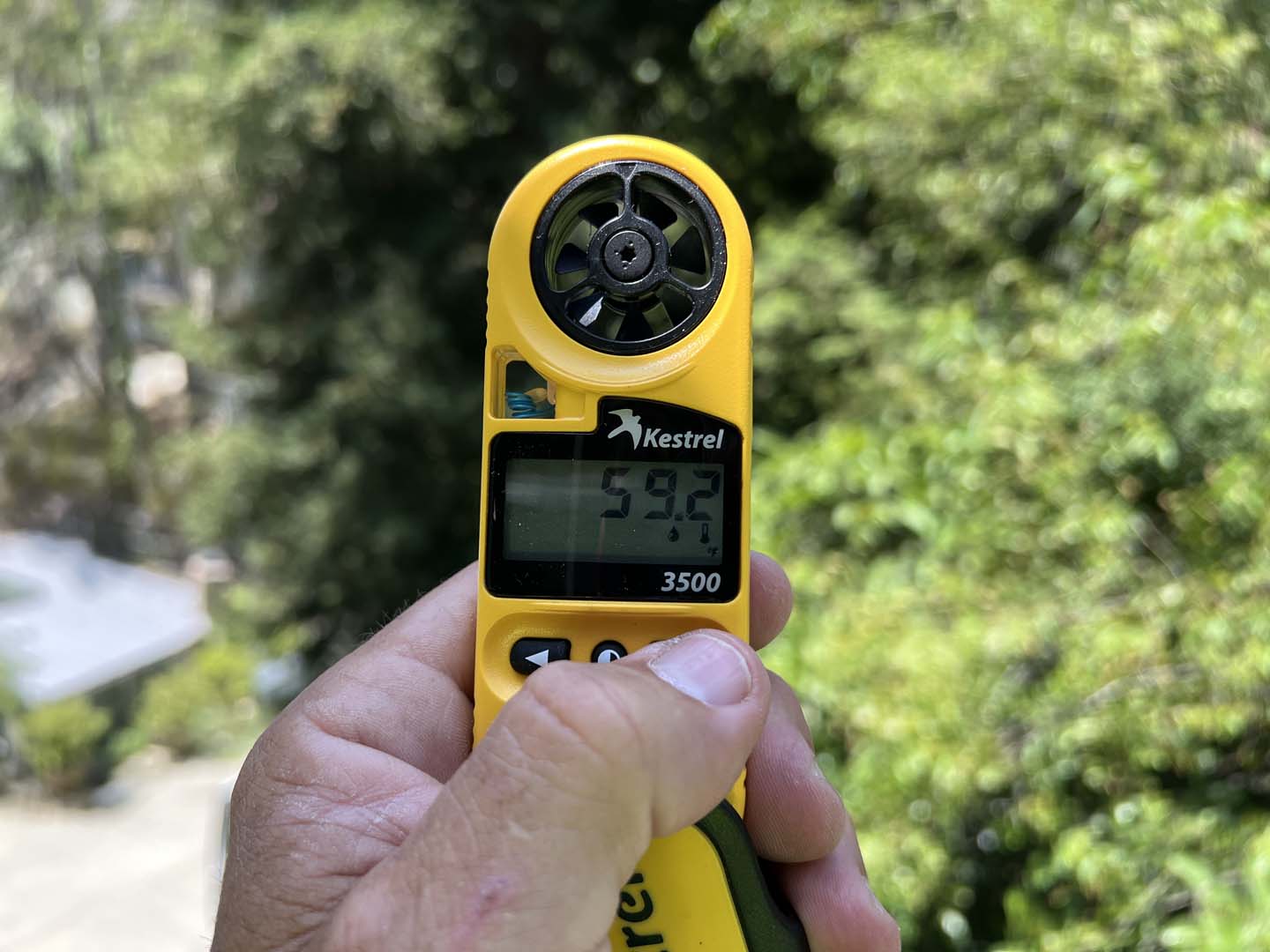
Environmental and Rain Leak Testing Services for Buildings
Environmental testing services play a crucial role in maintaining building integrity. They encompass various assessments, with water infiltration testing like ASTM E1105 being pivotal. Such services ensure that building components can withstand environmental stressors. These include rain, wind, and temperature fluctuations, which are prevalent in urban areas like Los Angeles.
By conducting thorough evaluations, environmental testing identifies weak points in a building’s design or construction. These assessments are essential for preventing larger, costlier damages. They also support sustainability by ensuring energy efficiency and reducing unnecessary resource use.
Moreover, these services contribute to a building’s lifecycle management, providing insights for necessary upgrades and maintenance. Engaging in regular testing fosters proactive management of building health. This proactive approach is key to extending the lifespan of structures. As environmental challenges grow, such services become increasingly vital for building owners and managers.
Key Roles in Preventing Rain Leak Water Intrusion
Rain leak prevention is a primary concern for maintaining building integrity. Environmental testing services offer solutions by identifying vulnerabilities. These testing services evaluate how well a building resists moisture ingress during adverse weather conditions.
By catching issues early, they prevent the spread of water-related damage. Services such as ASTM E1105 testing ensure building envelopes are effective barriers against rainwater. Preventive measures supported by accurate data reduce the risk of mold, structural damage, and indoor air quality issues. These services are an investment in the building’s longevity and occupant health.
How These Services Adapt to Los Angeles’s Climate
Los Angeles presents unique climatic challenges with its mix of dry spells and sudden heavy rains. Environmental testing services adapt their approach to address these conditions. They tailor their techniques to ensure buildings withstand local environmental stressors. Customized testing considers regional weather patterns, providing relevant insights for improvements.
We adapt ASTM E1105 testing, among other methods, to conditions unique to Los Angeles. By focusing on local challenges, these services help buildings manage water infiltration risks effectively. This localized strategy is essential for maintaining building integrity in such a diverse climate.
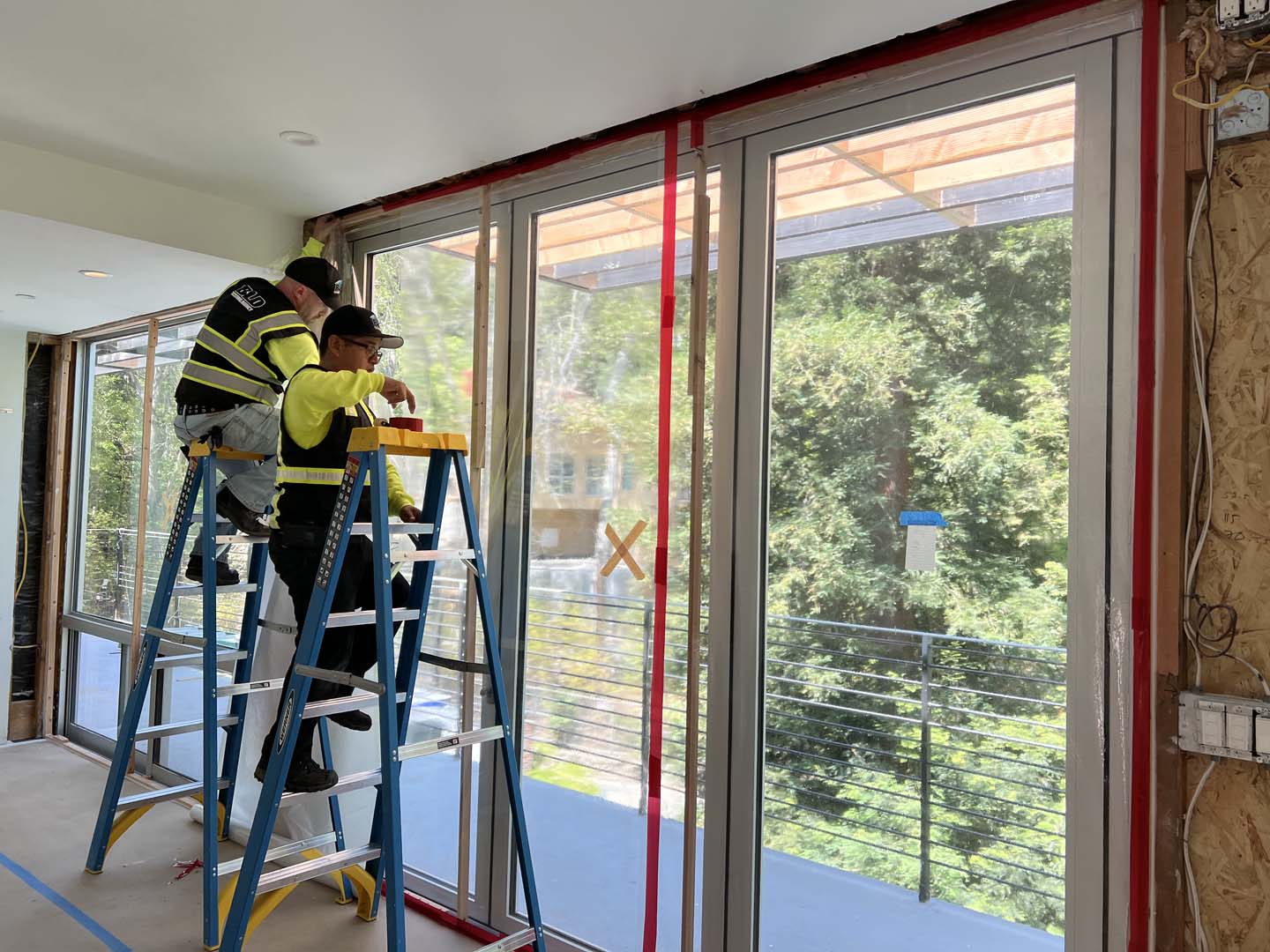
Selecting a Building Leak Detection Company
Choosing the right building leak detection company is crucial for effective water intrusion management.A reputable company will have a track record of success in identifying and resolving water-related issues. It’s important to research and assess potential companies based on customer reviews and testimonials.
The best companies tailor their services to the specific needs of each building, taking into account local conditions. They should offer a comprehensive range of services, from initial inspection to follow-up repairs. Additionally, look for companies that provide detailed reports and clear communication throughout the process.
Selecting a company with a collaborative approach can also improve outcomes. Collaboration guarantees that all stakeholders, such as building owners and contractors, agree with the objectives and procedures. Prioritize firms that demonstrate a commitment to ongoing education and staying current with technological advancements. This ensures the most effective and up-to-date solutions are applied to your building’s unique challenges.
Water Intrusion Specialists: Qualifications and Experience to Look For
When hiring a building leak detection company, qualifications and experience are key indicators of quality. Look for companies with certifications relevant to water infiltration testing and building envelope inspection. This ensures they adhere to industry standards and best practices. Experience in the Los Angeles area is particularly valuable due to its unique climate-related challenges.
A firm with local expertise will be familiar with common issues and effective solutions in the region. Additionally, assess their history of past projects to gauge their competence and success rate. Qualified specialists should have a deep understanding of ASTM E1105 testing and other diagnostic methods.
Continual training and education in new testing technologies are also essential. The professionals’ dedication to learning ensures they possess the most up-to-date knowledge and techniques. These qualifications and expertise enhance the reliability and precision of the testing process while safeguarding your building.
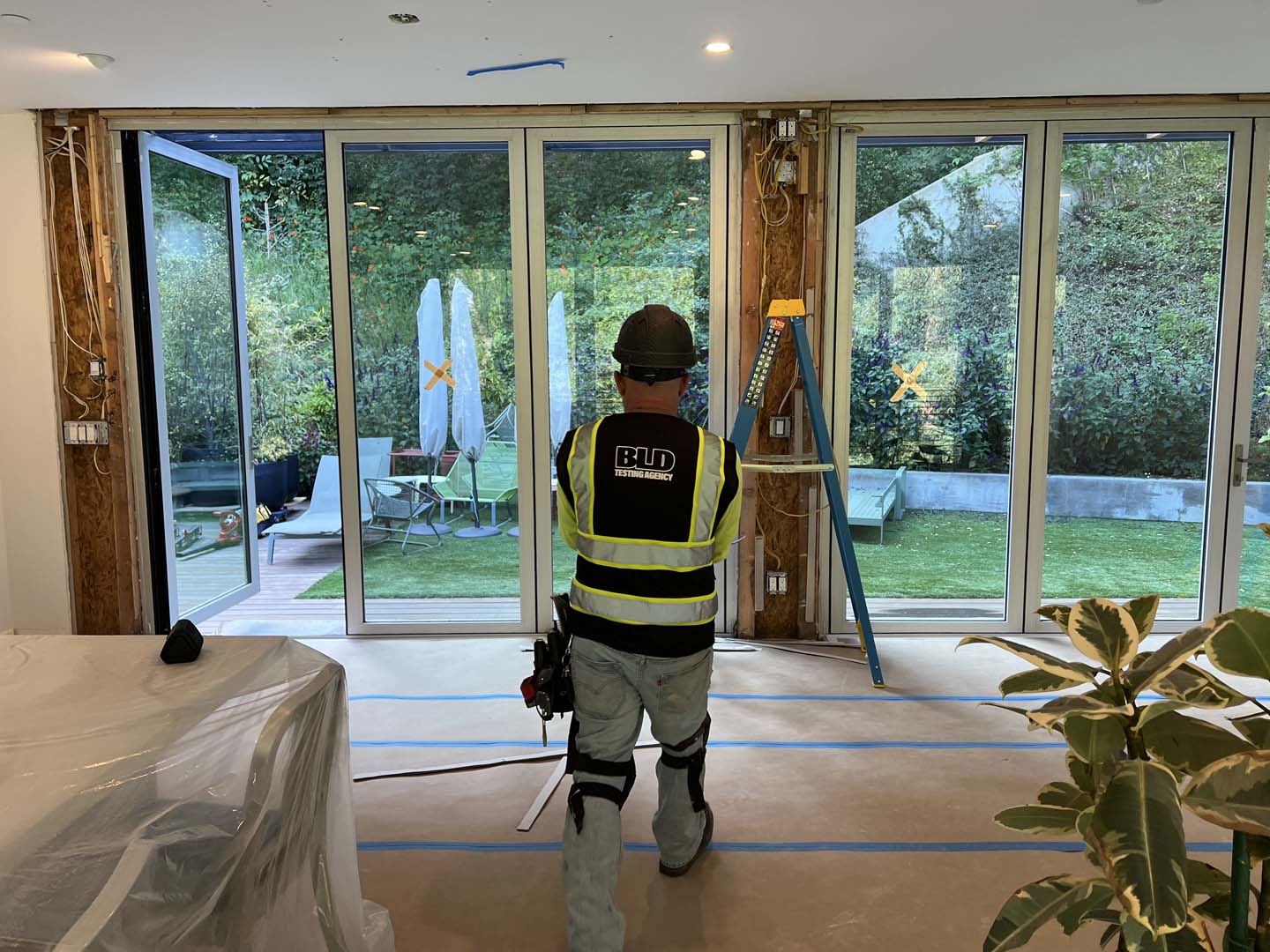
Benefits of Using Water Intrusion Specialists in Los Angeles
Hiring water intrusion specialists in Los Angeles offers several significant benefits. These experts are well-versed in the specific environmental conditions of the area. Their local knowledge allows them to anticipate and manage typical water infiltration challenges unique to Southern California.
Specialists can efficiently diagnose and address vulnerabilities in your building envelope, ensuring long-term protection. They utilize advanced technologies, enhancing the accuracy and effectiveness of inspections and interventions. Moreover, their expertise can help prevent costly repairs and extend your building’s lifespan.
Collaborating with local specialists also facilitates personalized service and responsive support. These professionals are keenly aware of Los Angeles’s building codes and standards. Such insight ensures compliance, potentially reducing liabilities and insurance costs. Building owners can enhance their structural integrity and achieve peace of mind by utilizing their expertise.
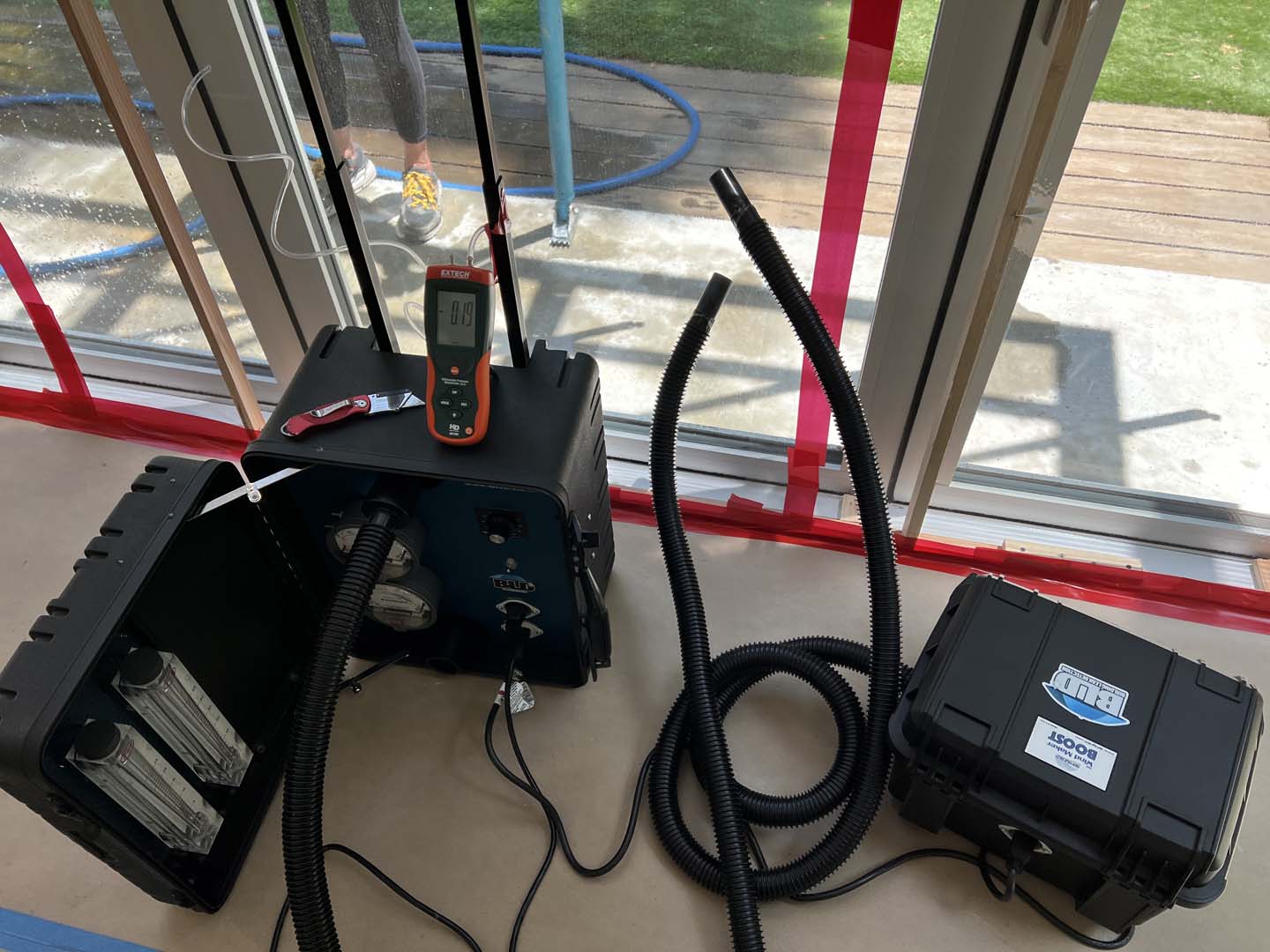
The Rain Leak Testing Process: What to Expect
Undergoing ASTM E1105 water infiltration testing is a thorough and detailed process. It begins with an initial consultation to understand the building’s specific requirements. Test planning includes selecting the building components and identifying potential problem areas. The testing team will set up specialized equipment and employ precise methods to simulate conditions, such as wind-driven rain. This controlled simulation enables accurate assessment of any water penetration vulnerabilities.
Professionals carry out the tests in real-time, observing any signs of water intrusion closely. Throughout the testing process, experts maintain a vigilant watch on every aspect of the building envelope. After the test, they compile comprehensive reports that detail their findings. These reports include actionable recommendations for preventing future leaks.
Pre-Test Preparations and Inspections
Preparing for ASTM E1105 testing involves several crucial steps. Before the procedure begins, a thorough inspection of the test site is necessary. This inspection aims to identify visible defects and areas of previous water damage. Professionals ensure the building environment is suitable for testing, void of any obstructions. Essential measurements and initial diagnostics occur at this stage, setting the groundwork for an effective test. Proper preparation not only ensures the accuracy of the test but also highlights areas of concern that may require immediate attention.

Conducting the ASTM E1105 Test
Conducting the ASTM E1105 test involves simulating specific environmental conditions. We apply water to the exterior surface while increasing air pressure to conduct the testing. This simulates wind-driven rain on the building’s facade. Technicians closely monitor for any water seepage through the building envelope during this controlled process. It tests various components like windows, doors, and walls under stress. The test’s rigorous nature is designed to reveal potential weak points in a structure, ensuring a comprehensive assessment.
Interpreting Test Results
Interpreting ASTM E1105 test results requires understanding the data gathered during the test. Experts analyze the observations to pinpoint areas of water infiltration. They assess whether any building components failed to withstand simulated conditions.
Detailed reports accompany the test results, offering insights into the building’s vulnerabilities. These findings are vital for architects, engineers, and building owners to make informed decisions. Repair recommendations based on these results can help prevent future water damage and reinforce the building envelope, ensuring ongoing durability and integrity.
Advancements and Technologies in Leak Detection
The field of leak detection has seen significant technological advancements. Modern techniques have evolved beyond simple visual inspections. Sophisticated tools such as infrared thermography and moisture meters are now commonplace. These devices assist experts in identifying concealed leaks that remain undetectable to the human eye. Advanced computer software plays a crucial role in data analysis. It allows for faster and more accurate interpretations of test results.
Wireless and remote monitoring technologies enable real-time tracking of building conditions. These innovations enhance the ability to predict leak risks before they become severe issues. Improvements in technology have not only streamlined the detection process. They have also increased the overall accuracy and reliability of results. With these tools, building owners and managers gain comprehensive insights into the structural integrity of their properties. This leads to more informed decisions regarding maintenance and repairs, ultimately protecting their investments.
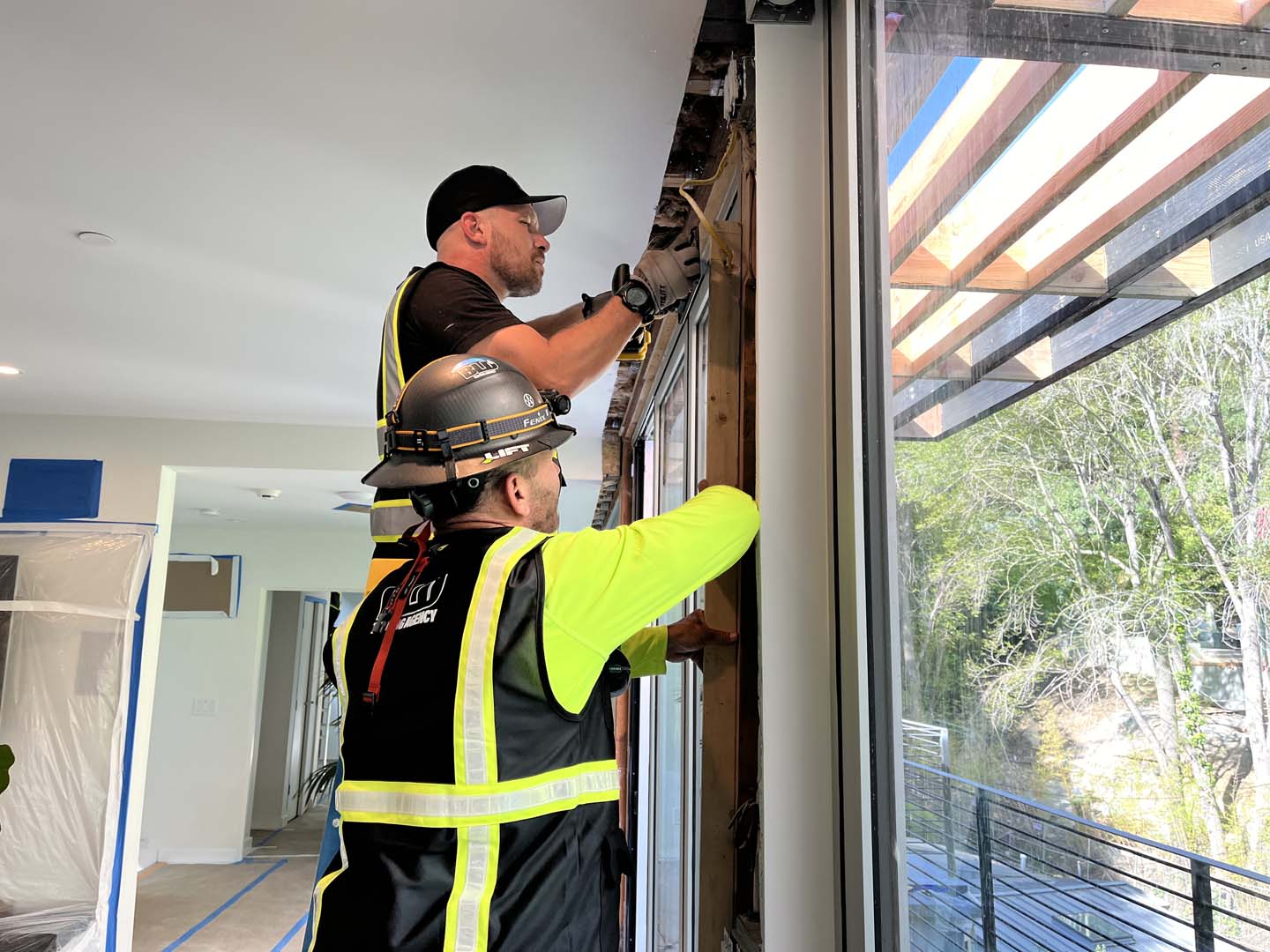
Modern Techniques in Rain Leak Identification
Modern rain leak identification techniques are more reliable than ever. Infrared thermography, a popular method, detects temperature differences on surfaces. These variations can indicate moisture presence behind walls or ceilings. Acoustic leak detectors offer another innovative approach. They pick up sounds emitted by water seeping through cracks.
This method is particularly useful in pinpointing leaks without invasive procedures. Computerized leak tracking systems enhance these methods, providing detailed visual reports.This precision allows specialists to identify exact leak sources and assess the damage swiftly. Such methods prove invaluable for detecting leaks early and reducing potential building damage.
Innovations in Quality Assurance Testing
Quality assurance testing has embraced cutting-edge innovations to ensure building integrity.Building Information Modeling (BIM) is a powerful tool, offers 3D models for better analysis. This digital approach allows teams to visualize potential problem areas before they manifest. Automated testing systems contribute another layer of innovation. They provide consistent and repeatable testing results, crucial for large projects.Additionally, digital reporting tools have streamlined the documentation process.
Detailed reports are instantly generated, offering immediate insights. These innovations lead to quicker resolutions and improved accuracy in testing outcomes. Building teams thus enjoy enhanced efficiency, which translates into significant time and cost savings. Quality assurance testing, armed with these advancements, now sets a new standard for excellence in construction.
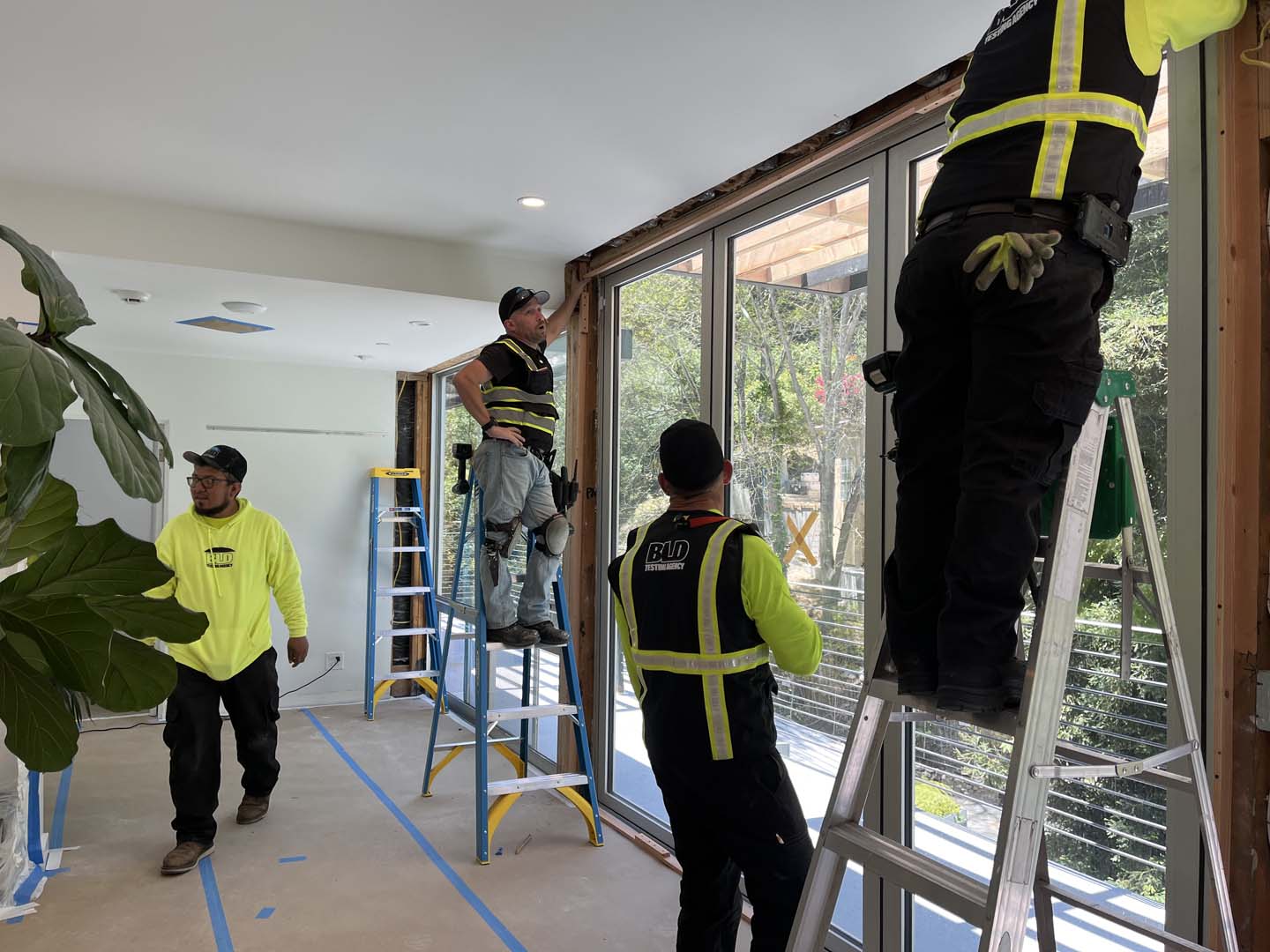
Conclusion: Ensuring Building Integrity and Safety
In conclusion, ASTM E1105 water infiltration testing is indispensable for preserving building integrity. It provides a robust defense against water intrusion, which can severely compromise a structure’s safety and longevity. By employing comprehensive testing services, building owners safeguard their investments against costly repairs and health risks. Choosing experienced water intrusion specialists in Los Angeles ensures that the testing is precise and effective.
These experts use advanced technologies to detect and address potential leaks promptly. Regular and thorough quality assurance testing not only prevents damage but also enhances the overall resilience of the building. Ultimately, consistent testing ensures building safety and integrity, fostering peace of mind. Whether for new constructions or maintenance of existing properties, ASTM E1105 testing remains a vital component in proactive building management. It’s a critical step toward achieving sustainable, safe, and well-protected environments for all occupants.
